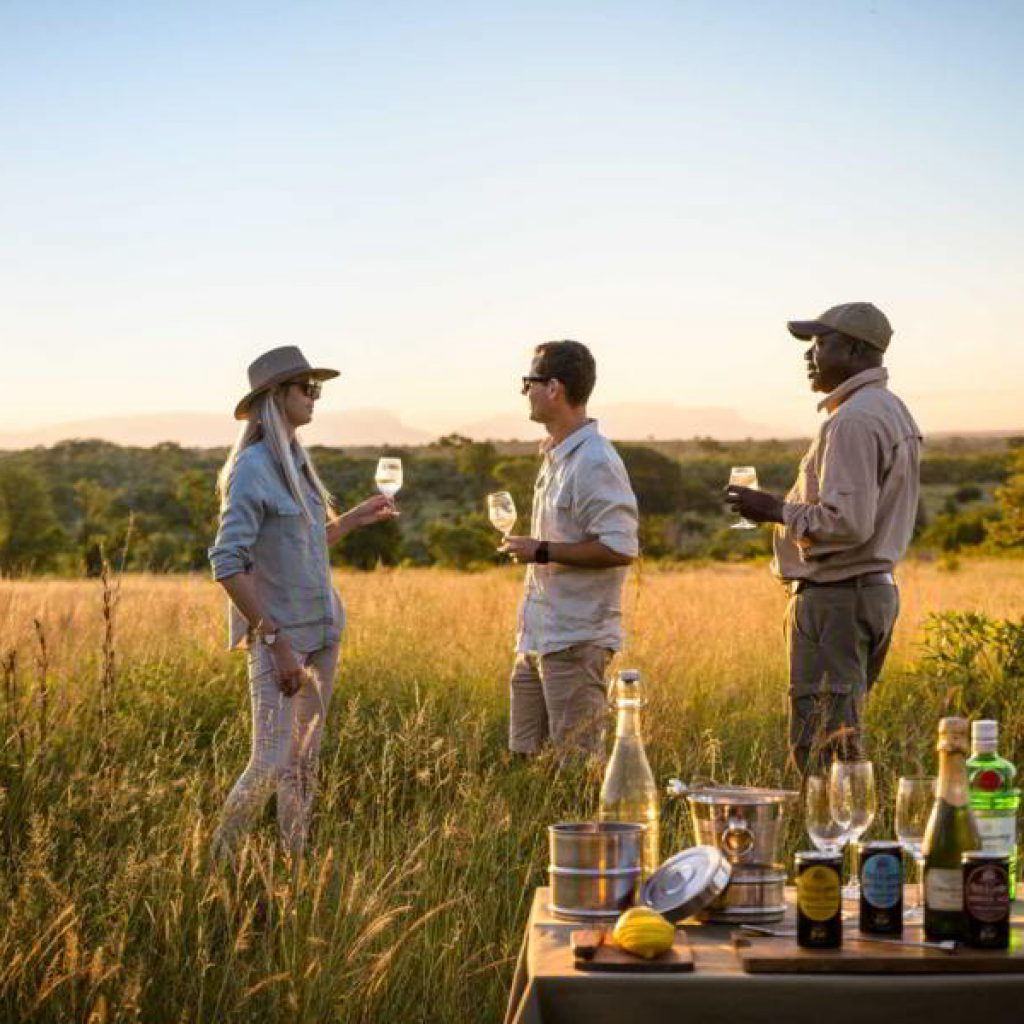South Luangwa – Zambia
The South Luangwa at a glance
At the bottom of the Great Rift Valley lays an unspoilt wilderness of majestic beauty, with a variety and dense concentration of wildlife, making South Luangwa National Park one of Africa’s finest. Known as The Crowded Valley for good reason, the protected landscape is a sprawling paradise which has recently reintroduced black rhino and now proudly boasts the status of being an African Big Five park.
The mighty Luangwa River and its striking lagoon valleys are the backbone of the national park. The river system which runs through the park attracts much wildlife to its banks out in the open for easy game viewing. Lounging gracefully in the cooling waters of the river are the hundreds of hippopotami which can be seen when crossing over the bridge into the protected lands.
As the birth place of African Walking Safaris, there is no doubt that within the confines of the national park, it is a must do activity. Whatever your fitness level, the South Luangwa National Park offers a chance to gain an intimate intensity and a truly African experience when exploring the landscape and encountering wildlife on foot.
The sepia shades of bare bush become a brightly coloured emerald haven as the changing seasons usher in a splendid array of migratory bird life. South Luangwa National Park is prolific with well over 400 species of birds hidden in the beauty of ancient wooded forests.
At the bottom of the Great Rift Valley lays an unspoilt wilderness of majestic beauty, with a variety and dense concentration of wildlife, making South Luangwa National Park one of Africa’s finest. Known as The Crowded Valley for good reason, the protected landscape is a sprawling paradise which has recently reintroduced black rhino and now proudly boasts the status of being an African Big Five park.
The mighty Luangwa River and its striking lagoon valleys are the backbone of the national park. The river system which runs through the park attracts much wildlife to its banks out in the open for easy game viewing. Lounging gracefully in the cooling waters of the river are the hundreds of hippopotami which can be seen when crossing over the bridge into the protected lands.
As the birth place of African Walking Safaris, there is no doubt that within the confines of the national park, it is a must do activity. Whatever your fitness level, the South Luangwa National Park offers a chance to gain an intimate intensity and a truly African experience when exploring the landscape and encountering wildlife on foot.
The sepia shades of bare bush become a brightly coloured emerald haven as the changing seasons usher in a splendid array of migratory bird life. South Luangwa National Park is prolific with well over 400 species of birds hidden in the beauty of ancient wooded forests.
The best season to travel
South Luangwa National Park has a humid subtropical climate. The dry season begins in April to November. The wet season is generally during the months of May to August.
May to August is peak season when temperatures are cool and dry. During September and October it gets extremely hot and humid, which offers the best game viewing opportunities as wildlife gather around rivers and waterholes.
The Luangwa experience
Located just outside of South Luangwa National Park is the Kwaza Village, which is home to the Kunda tribe. The village offers visitors the chance to experience Africa tribal culture and their traditions. Awarded with the Best Overseas Tourism Project by the British Guild of Travel Writers, this is certainly a village worth visiting.
The ancient forests of South Luangwa National Park offer a chance to explore the land much like the ancient hunters once did. The might mopane forest and the ancient baobab forests are estimated to be more than 300 years old.

Advice from Safari Russ:
“The Luangwa River is the lifeline of this impressive National Park. The open habitat of grassy plains and savannah woodland along the river course is best known for its wonderful bush safari walking trails. Although all the potentially dangerous animals live in the environment, spotting them is easy, observation opportunities are ideal and confrontations can be avoided”
The Wildlife and Birdlife of South Luangwa
Wildlife of Luangwa
South Luangwa National Park is home to more than 60 species of land mammals. Renowned as an ideal destination to spot Africa’s big cats, prides of up to 30 lions may be seen roaming the lands. Among the 14 species of antelope present within the park is the beautiful Kudu with its spiraling horns. Native to the area are Thornicraft’s giraffe and herds of Cookson’s wildebeest. Caracal, wild dogs, serval and jackal hunt these lands too with crocodiles and hippopotami seizing control in the muddy Luangwa River.
Birdlife of Luangwa
The skies are aflutter with more than 400 bird species, 39 of which are birds of prey and 47 migrant species. The best time to bird watch is during the months between November and April. Migrating birds from as far as Europe fill the forests of South Luangwa National Park, including white storks, European swallows, steppe eagles, steppe buzzards and red chested cuckoo.
Greenlife Safaris Testimonials

– Safari Russ –
African Travel Expert
TELL US YOUR TRAVEL IDEA
More holiday and safari ideas
 Malaria Free Family Safari and Cape Town
Malaria Free Family Safari and Cape Town Romantic South Africa
Romantic South Africa Best of Botswana
Best of Botswana Best of Namibia
Best of Namibia Best of Zambia
Best of Zambia Bush and Beach Duo
Bush and Beach Duo












